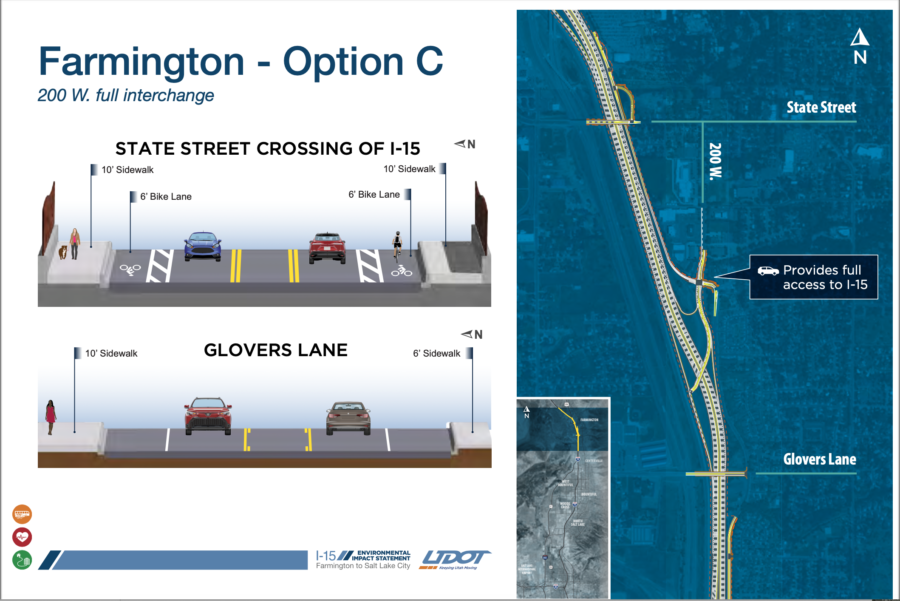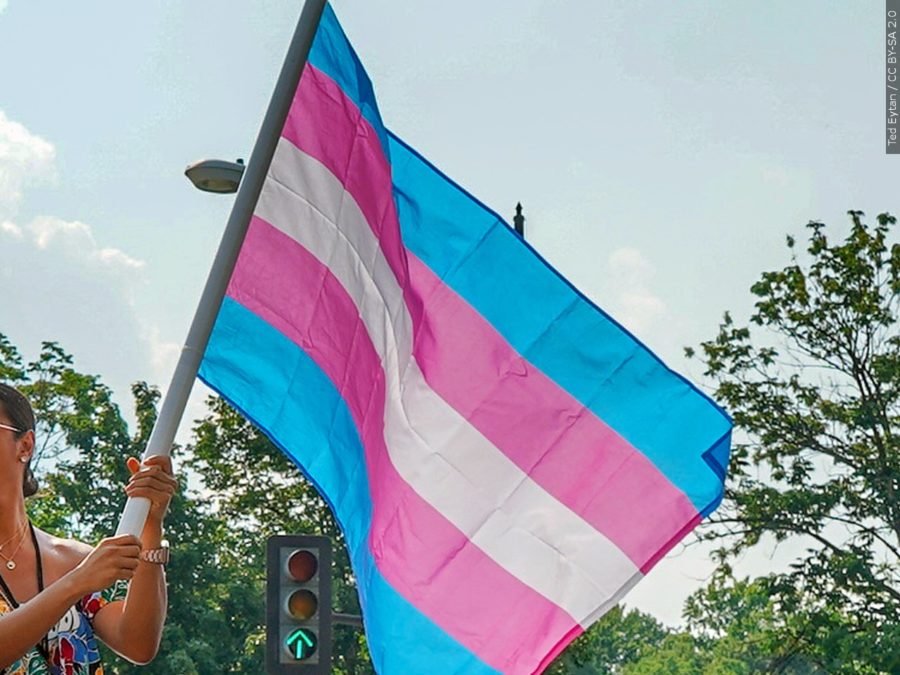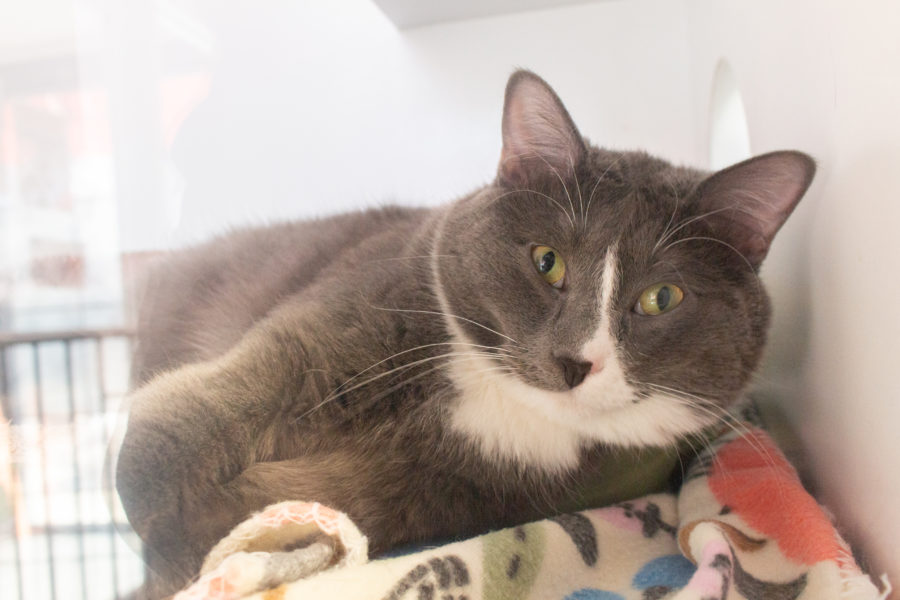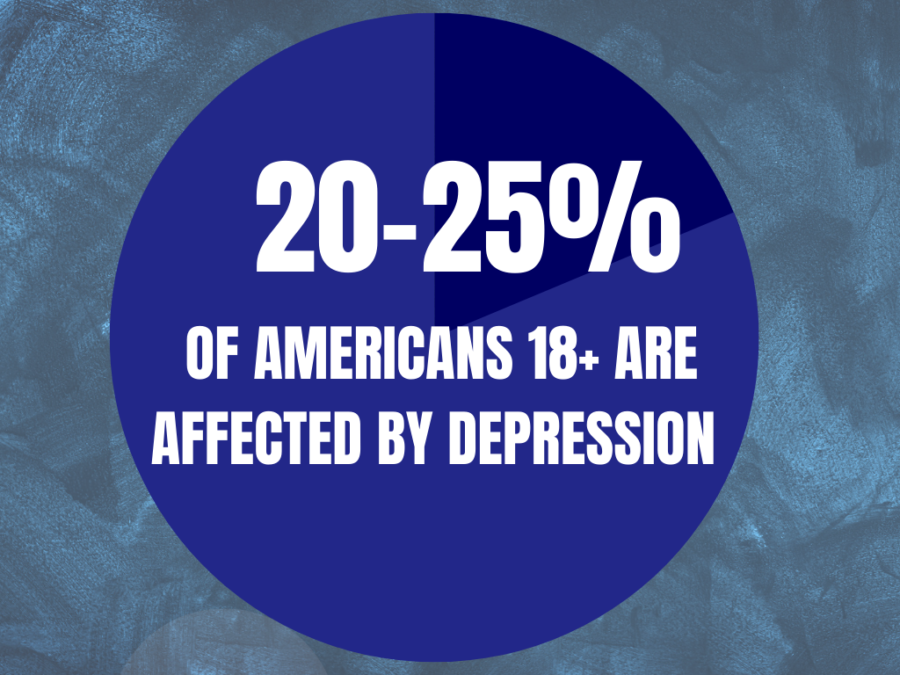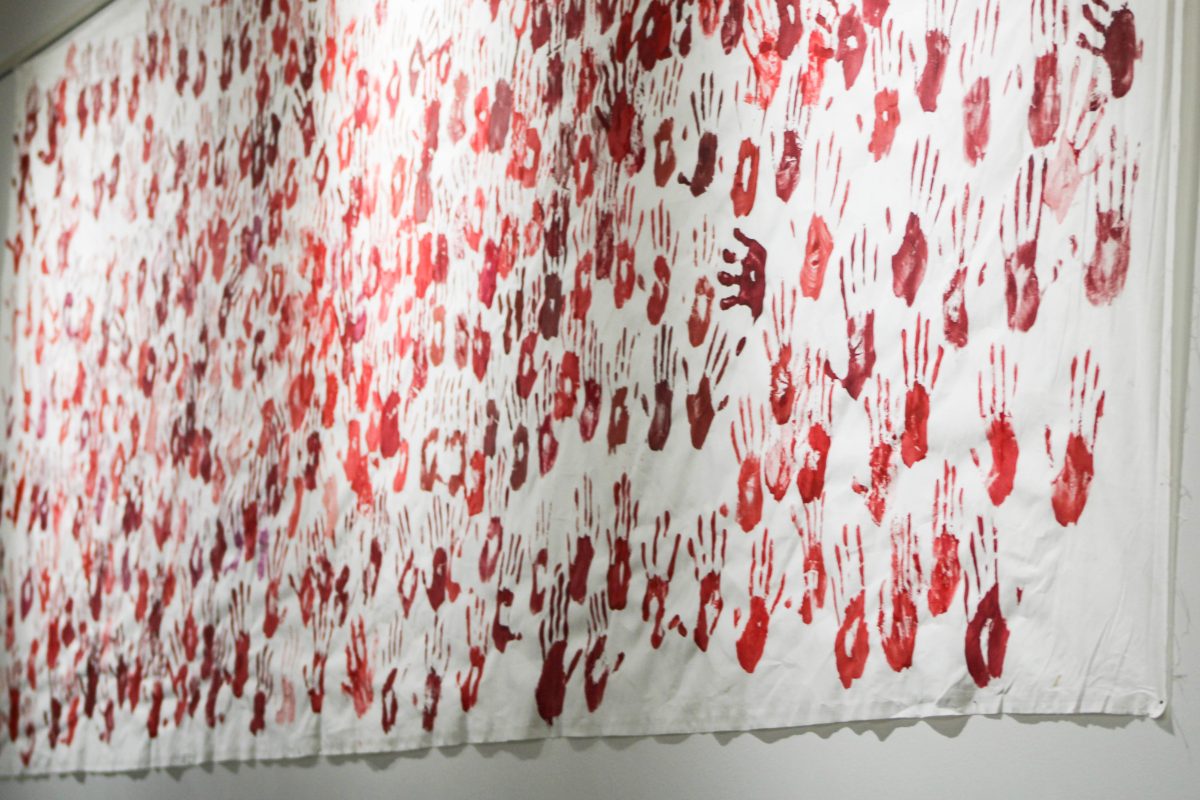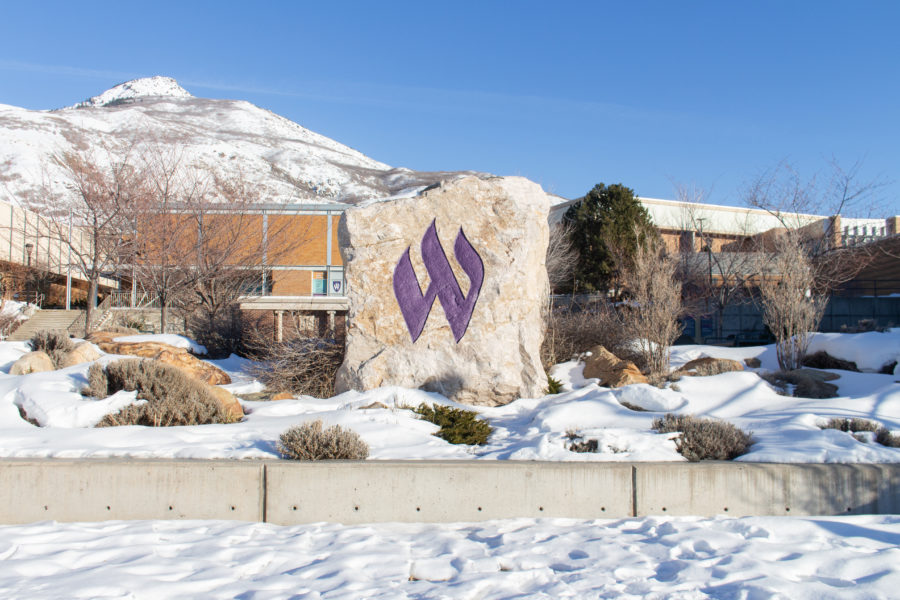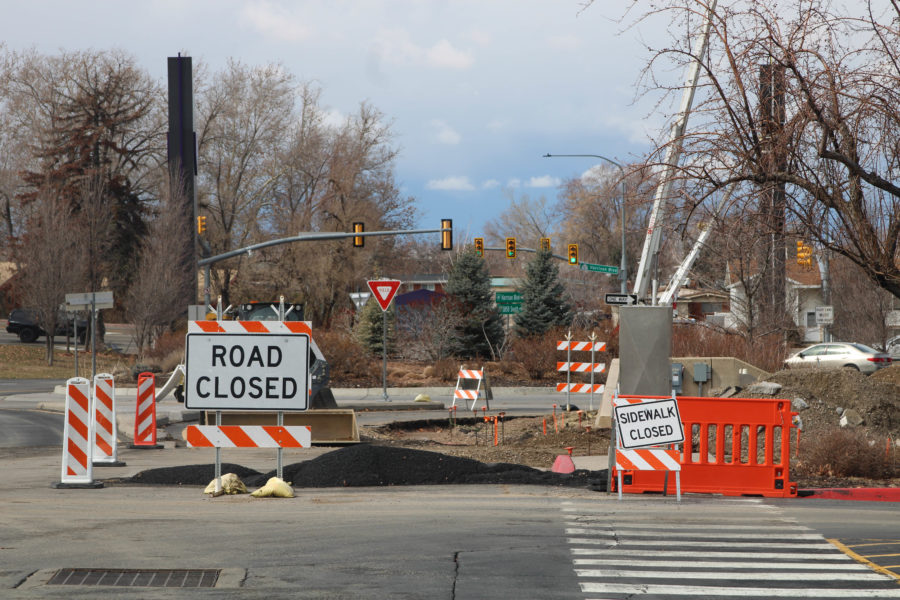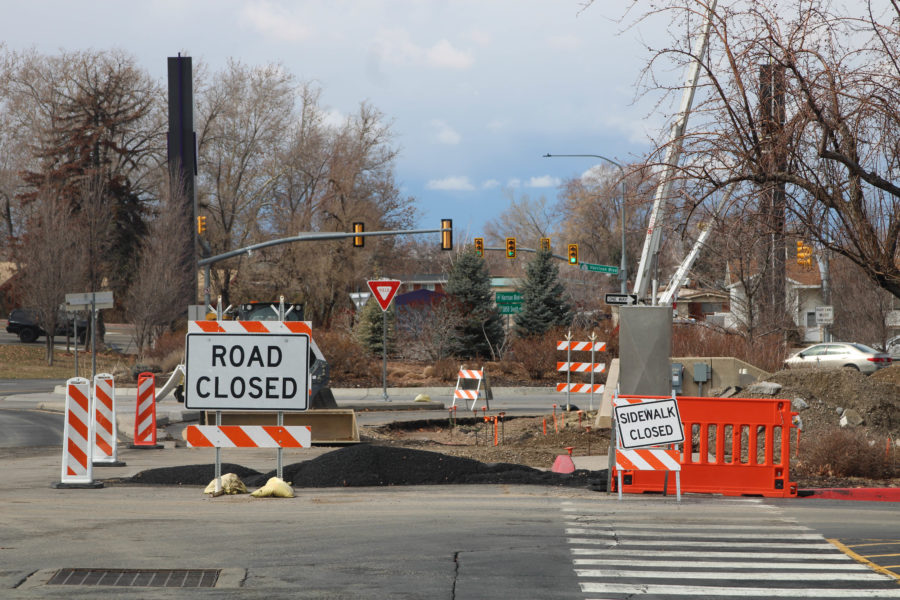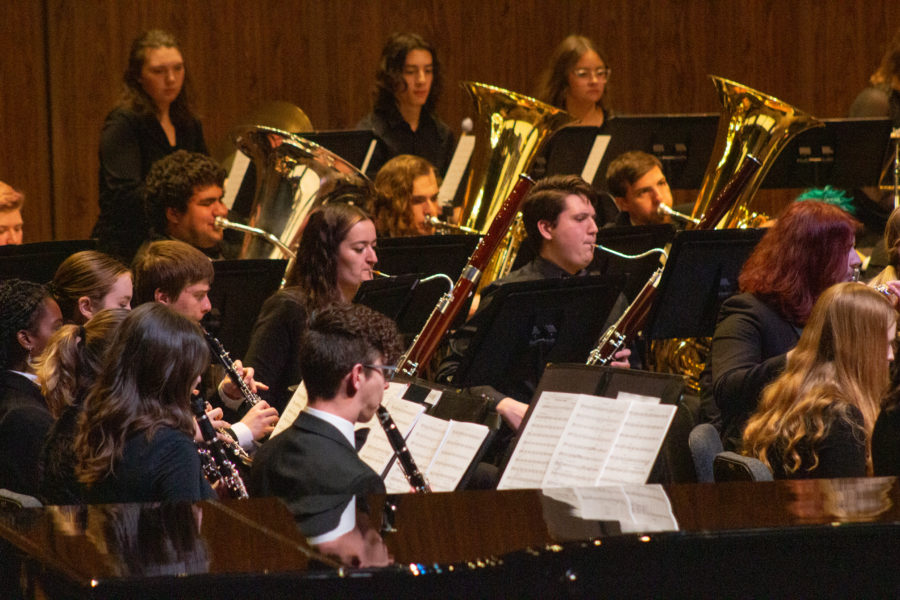Thirty-eight Soviet nuclear warheads fired on US cities, over 1,000 US nukes decimated the entirety of the USSR, and the island of Cuba bombed into oblivion by US forces. And all this because of a plane that flew one week late.
 [/media-credit]
[/media-credit]
- Weber State University history professor Eric Swedin discusses the ways the Cuban Missile Crisis might have ended differently. Swedin’s recent book creates a what-if history of the crisis.
At least that’s what could have happened, according to Eric Swedin, a Weber State University history professor.
Swedin spoke about his new book, a what-if history of the Cuban Missile Crisis, Monday night at the Lindquist Alumni Center.
The first half of Swedin’s book, titled When Angels Wept, is a historical account of the events surrounding the Cuban missile crisis of 1962, an event which Swedin says is “arguably the most important event of the 20th century.”
The latter portion of the book is what Swedin calls a what-if history. It details a history of a Cuban missile crisis and ensuing catastrophic nuclear war that could have been had just one small detail in history been changed.
Swedin’s lecture first gave a brief history of events leading up to the crisis, starting at the end of World War II.
Tensions mounted to a boiling point, and in 1961 three months after John F. Kennedy was elected President, a Cuban military force trained and funded by the US was wiped out in a US-orchestrated attempt to wrest control of Cuba from communist leader Fidel Castro.
“It was a massive fiasco,” Swedin said, “an embarrassment to the Kennedy administration.”
Cuba and the USSR responded to the bungled attack, known as the Bay of Pigs Invasion, by secretly building missile bases in Cuba capable of striking the continental US.
In October 1962, photos from a U2 spy plane alerted the US to what was happening in Cuba, marking the beginning of the Cuban Missile Crisis. The US discovered there were Soviet ships loaded with missiles heading to Cuba and needed to make a decision before the ships could reach their destination.
Swedin explained that while all four of Kennedy’s military service chiefs recommended going to war and bombing Cuba, Kennedy instead chose to set up a blockade to prevent missiles from reaching Cuba, a decision that may have saved the world from catastrophic nuclear war.
As a result, the USSR and Cuba backed down, and an agreement was negotiated which defused the situation.
“In the second half of my book,” Swedin said, “I change one thing. The U2 plane leaves one week later, and that changes the course of history.”
That one week would have resulted in the missile-bearing ships being much closer to Cuba when all was discovered. Kennedy would have been forced to make a much quicker decision, resulting in the bombing of Cuba by the US.
In Swedin’s history, the Soviets would have responded to the attack on Cuba by bombing West Berlin. When the US fleet arrived in Cuba, it would be hit and destroyed with a nuclear bomb.
“Then everyone freezes because this goes beyond the line for America,” Swedin said. “This means a different kind of war.”
The US response would be to drop 14 nukes on Cuba, resulting in its complete annihilation.
“At this point Khrushchev realizes that in a full-scale nuclear war, his only chance of winning is to strike first,” Swedin said, “which he does.”
In Swedin’s nuclear war, which he said was written to be as accurate as possible according to his extensive studies, the USSR would succeed in detonating 38 nuclear missiles on American soil in comparison to more than 1,000 missiles the US would have been able to launch into Russia, destroying it completely.
“Japan and Europe get plastered,” Swedin said, “and while civilization survives, it’s never the same . . . I want it to be clear that while this book is fun, it’s written as a history book, not a novel. The alternate history I wrote is as accurate as I could make it, and I didn’t do anything extravagant or inconsistent. My ending is more plausible than the ending we had.”




